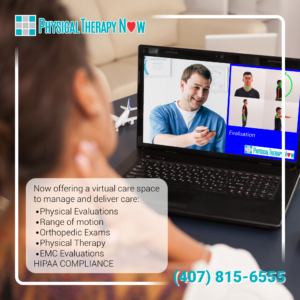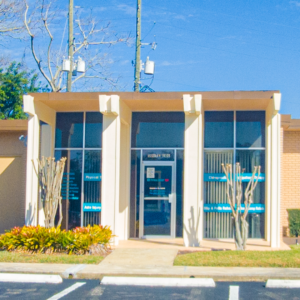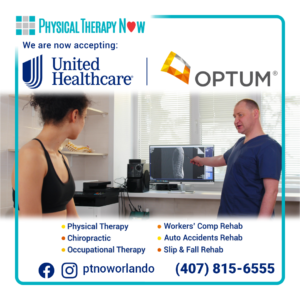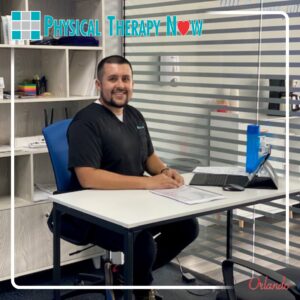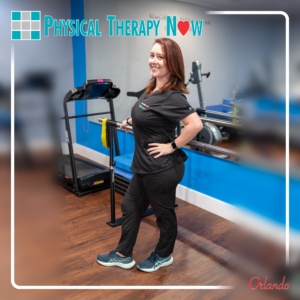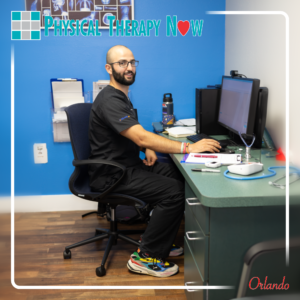Therapeutic Massage
Therapeutic massage incorporates light to firm touch is to release tension, relax muscles, increase blood and lymph circulation, and impart a sense of calm. During a therapeutic massage, the client needs to give the therapist feedback on pressure, sensation, and changes.
Sports Massage
Sports massage uses various approaches to help athletes in training–before, during, or after sporting events. Sports massage is developed to help with muscle systems used for a particular sport, and it can be used to promote flexibility and help prevent injuries. It can also assist in the healing process after a sports injury, such as a muscle strain.
Pain Control and Management
Pain control/management is a medical approach that draws on disciplines in science and alternative healing to study the prevention, diagnosis, and treatment of pain. Pain management programs often use massage therapy, analgesic medications, physical therapy, epidural steroid injections, and other methods.
Holistic/Alternative Medicine
Holistic medicine is a form of healing that considers the whole person–body, mind, spirit, and emotions–in the search for optimal health and wellness. Alternative medicine covers any of a range of medical therapies that are not considered standard by the medical profession, such as herbalism, homeopathy, and acupuncture.
Physical Therapy
Physical therapists are movement experts who improve life quality through prescribed exercise, hands-on care, and patient education. Physical therapists diagnose and treat individuals of all ages who have injuries, disabilities, or other health conditions that need treatment. PTs also care for people who simply want to become healthier and prevent future injuries or health issues.
Chiropractor
A chiropractor is a healthcare professional who practices the diagnosis and treatment of neuromuscular disorders, emphasizing treatment through manual adjustment and/or manipulation of the spine. Most chiropractors seek to reduce pain and improve the day-to-day comfort and function of patients and educate them on how they can improve their own health through exercise, improved ergonomics, and other therapies to treat back pain.
Electrical Stimulation
Electrical stimulation, or E-stim, uses electrical pulses to mimic the action of signals coming from the cells in your nervous system (neurons). The mild electrical currents target muscles to stimulate muscle recovery by sending signals to targeted muscles to make them contract. Through repeated muscle contractions, blood flow improves and helps repair injured muscles. E-stim’s two primary types are transcutaneous electrical nerve stimulation (TENS) and electrical muscle stimulation (EMS).
Ultrasound Therapy
Therapeutic ultrasound therapy can be used for treating chronic pain and promoting tissue healing. It’s sometimes recommended if you experience conditions such as carpal tunnel syndrome, shoulder pain, ligament injuries, joint tightness, and tendonitis. Physical therapists often use therapeutic ultrasound through deep heating and cavitation.
Whiplash
Whiplash is an injury resulting from a sudden sharp “whipping,” back and forth movement of the neck and head. This often occurs when a person in a vehicle is struck from the rear by another vehicle.
Car Accident Injuries
Car accident injuries are typically sustained when a driver, passenger, cyclist, motorcyclist, or pedestrian is struck by a vehicle. Some of the most common car accident injuries include whiplash (and other soft tissue injuries), scrapes and cuts, bruises, strains, sprains, and fractures. More serious injuries to the head and chest are relatively common as well.
Concussions
A concussion is a type of traumatic brain injury (TBI) caused by a bump, blow, or jolt to the head or by a hit to the body that causes the head and brain to move rapidly back and forth. This sudden movement can cause the brain to bounce around or twist in the skull, creating chemical changes in the brain and sometimes stretching and damaging brain cells.
Neck Pain
This results from any abnormalities, inflammation, or injury to the bones, ligaments, and muscles of the neck. It can also be caused by poor posture, overuse, or whiplash.
Knee Pain
Knee pain is most often associated with general wear and tear from daily activities like walking, bending, standing, and lifting. Athletes and those who are active and perform activities that involve jumping or quick pivoting are more likely to experience knee pain and problems. However, knee pain is also common among those who are aging. Knee pain often is the result of sprained or strained ligaments, cartilage tears, arthritis, and tendonitis.
Back Pain
Back pain is physical discomfort occurring anywhere on the spine or back, ranging from mild to disabling. Back pain can be as minimal as a muscle ache or as painful as a shooting, burning, or stabbing sensation. In addition, the pain may radiate down your leg or worsen with bending, twisting, lifting, standing, or walking.
Shoulder Pain
Most shoulder pain results from injuries or conditions such as tendon inflammation (bursitis or tendonitis) or a tendon tear, instability, arthritis, and fractures. Less common causes of shoulder pain are infection, nerve problems, and tumors.
Hip Pain
Pain in the hip can be the result of different issues. Problems within the hip joint itself tend to cause pain inside the hip or groin. Hip pain on the outside of the hip, upper thigh, or outer buttock is usually caused by muscles, ligaments, tendons, and other soft tissues surrounding the hip joint. Hip pain can also be caused by diseases and conditions in other areas of the body, such as the lower back; this type of pain is called referred pain.
Workers’ Compensation
Workers’ compensation insurance is state government-mandated insurance coverage that provides medical and wage benefits to people who are injured, disabled, or ill due to their employment. The wage and medical benefits tend to vary by state. Accepting workers’ compensation benefits means employees waive their right to sue their employer.
Stroke
A stroke is the sudden interruption of blood supply to the brain. Ischemic strokes occur due to a blockage of arteries leading to the brain; hemorrhagic strokes are caused by bleeding into brain tissue after a blood vessel bursts. Strokes, which occur rapidly and require immediate treatment, can cause loss of sensation, sudden weakness, or difficulty speaking, seeing, or walking.
Balance
A state of equilibrium, or the equal distribution of weight, amount, etc. Balance can also mean having the right amount of any quality, which leads to harmony or evenness.
Chronic Pain
Chronic pain is long-lasting pain that persists beyond the usual recovery period (months or years) or occurs with chronic health conditions such as arthritis. This pain can appear and then disappear. It can be continuous and impact people to the point where work, physical activity, and normal day-to-day functions become extremely painful or even impossible. Chronic pain is considered a significant medical condition that can be treated effectively with physical therapy.
Vertigo
Vertigo is dizziness that creates a false sense that you or your surroundings are spinning or in motion. It can feel similar to motion sickness and may be caused by conditions such as benign paroxysmal positional vertigo, infection, Meniere’s disease, and migraines.
